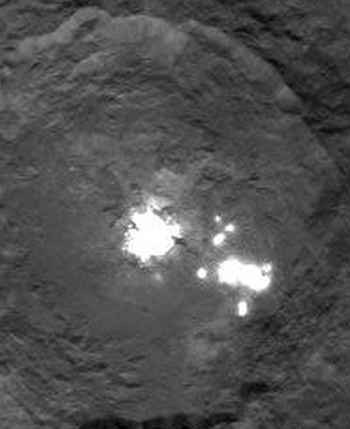The crooked politics behind the Obamatrade deal
And the crooked politics are coming mostly from Republicans, including Senator Ted Cruz (R-Texas) and Paul Ryan (R-Wisconsin).
The problem here isn’t the bill itself, it is the manner in which Obamatrade is being enacted, written in secret and classified so that the public cannot read it. No elected official should vote for any bill or law that is not available for the public to read and review. Yet these guys are pushing it, a law that apparently will cede more power to the President at the expense of Congress. Knowing the language of such a law is critical.
It does appear that a growing number of Republicans in the House are going to oppose this travesty. I pray that enough come forward to stop it. And if the vote is taken and there are any Republicans who vote for it, such as did Cruz and Rubio (who hadn’t even read it), they will reveal themselves to be wolves in sheep’s clothing, not to be trusted.
And the crooked politics are coming mostly from Republicans, including Senator Ted Cruz (R-Texas) and Paul Ryan (R-Wisconsin).
The problem here isn’t the bill itself, it is the manner in which Obamatrade is being enacted, written in secret and classified so that the public cannot read it. No elected official should vote for any bill or law that is not available for the public to read and review. Yet these guys are pushing it, a law that apparently will cede more power to the President at the expense of Congress. Knowing the language of such a law is critical.
It does appear that a growing number of Republicans in the House are going to oppose this travesty. I pray that enough come forward to stop it. And if the vote is taken and there are any Republicans who vote for it, such as did Cruz and Rubio (who hadn’t even read it), they will reveal themselves to be wolves in sheep’s clothing, not to be trusted.


